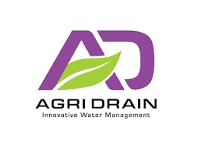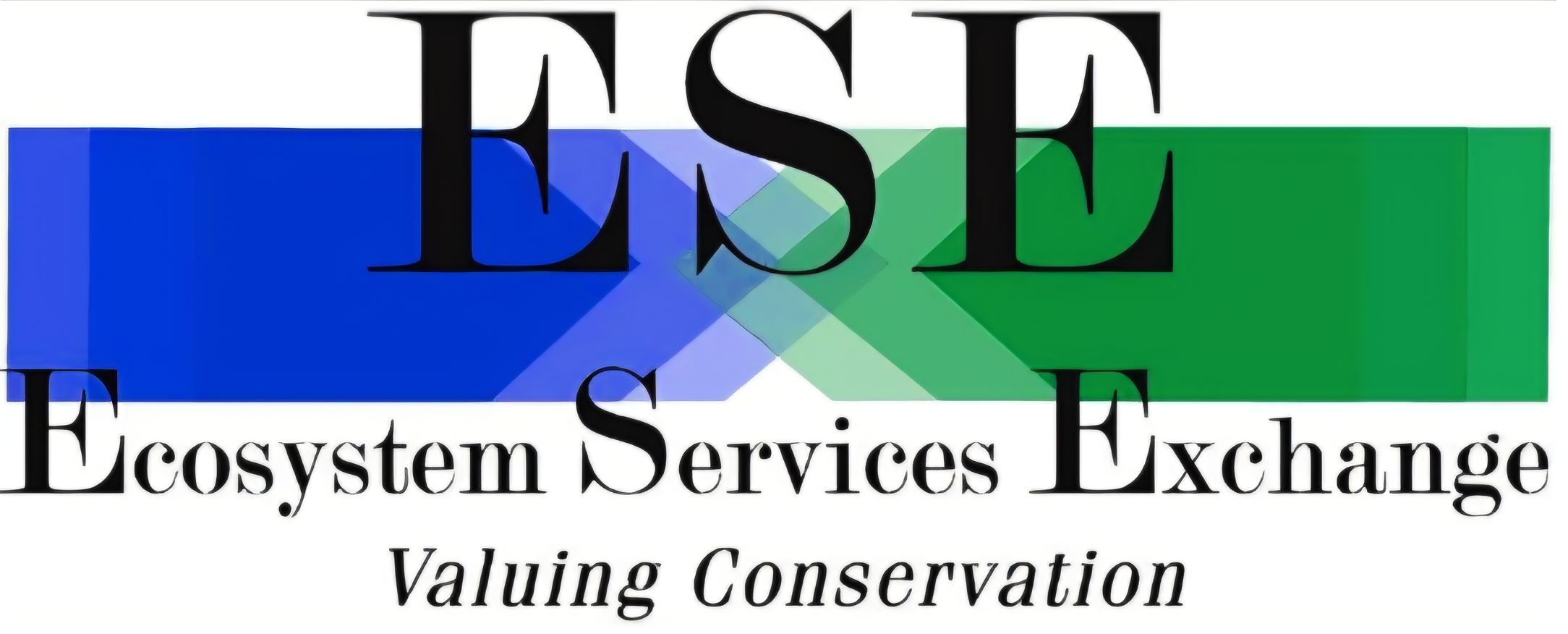Welcome to Ecosystem Services Exchange!
Ecosystem Services Exchange (ESE)
Valuing Conservation
At Ecosystem Services Exchange (ESE), we merge science, experience, innovation, and stewardship to deliver cost-effective water management solutions for agricultural land.
We can help landowners utilize state, federal & private cost-share programs to get a conservation drainage practice designed and installed at no cost to them.
Your Partners in Conservation Drainage Cost-Share Coordination, Design & Installation
At ESE, we help landowners plan, design and install conservation drainage practices using state, federal & private cost-share programs and qualified local contractors.
Ecosystem Services Exchange (ESE) is your one-stop shop for planning, design, installation and management of improved water use for your agricultural land.
We will help you implement water management practices that improve productivity and conservation benefits. We are able to determine which practice will be most effective and economically feasible for your operation and find cost-share programs available. In many cases, our services won’t cost landowners a dime.
We know what it will take to achieve water quality and other conservation goals and want to help you get there with practical and proven solutions. With you, we will work to achieve improved surface and subsurface water management that aids the achievement of your production and conservation goals.
Drainage Water Management
Drainage water management is a conservation drainage practice that uses a structure for water control in the main or submain drain to raise the drainage outlet to desired depths. This practice allows farmers to have more control over drainage from tile. Drainage water management can both increase productivity and improve water quality.
Saturated Buffers
A saturated buffer is a conservation drainage practice that removes nitrates from subsurface drainage tile lines. It is an area of perennial vegetation in between agricultural fields and waterways where tile outlets drain. Tile lines connect to a control structure, which distribute water laterally under the buffer/vegetative surface. Saturated buffers remove very little, if any, land from production, require almost no maintenance and do not affect crop yields when placed in correct sites.
Denitrifying Bioreactors
Phosphorus Removal System
A phosphorous removal system removes dissolved phosphorus from surface runoff, subsurface drainage, or ditch flows. This conservation drainage practice consists of a phosphorus sorption media within a designed containment structure. Use of this practice results in improved water quality by reducing the concentration of dissolved phosphorus in runoff or subsurface agricultural drainage flows.
DID YOU KNOW?
You can buy Agri Drain products through ESE???

Agri Drain and Ecosystem Services Exchange are affiliated sister companies and partners in improving agricultural land and water quality.
Agri Drain and ESE work together to implement water management practices like drainage water management and sub-irrigation, which conserve water, improve crop yields, and reduce nutrient runoff.
ESE helps landowners find cost-share funding available for the planning, design, and management of these systems, and Agri Drain water control structures, as well as other products, are used in the installation.
For more information about Agri Drain products used in conservation drainage practices, contact Andy Craig today at acraig@ecoexch.com

At ESE, we combine science, service, and sustainability to deliver better results for both agriculture and the environment
Top Links
Services
© Copyright 2025 Ecosystem Services | Developed by Yahyou, UAE
